I think that there’s a science to storytelling. Good storytellers transport their audiences, making them feel what the characters feel. For audiences to bond with characters in this way, there has to be some sort of arousal response in the brain. I mean that in order to engage the listener, storytelling requires the ability to tell a story with just the right emotion, description, and details… not too much and not too little.
What distinguishes business storytelling from classical storytelling?
Business storytelling has a clearly stated point. Classical stories are enriched by multi-layered interpretations, but in business storytelling, there should be no doubt in the listeners’ minds about what they should do in response to your story. When it comes to business stories, don’t just wing it and ramble. Know the structure that will be easiest for your audience to follow and then they will not only follow the story, but they’ll also follow you as a leader.





















